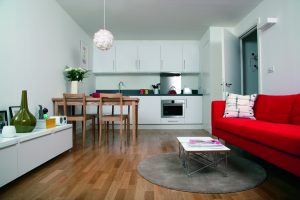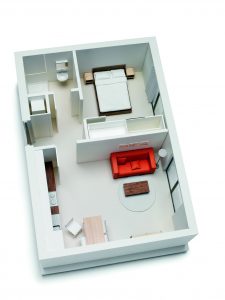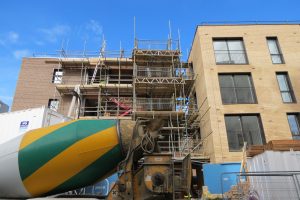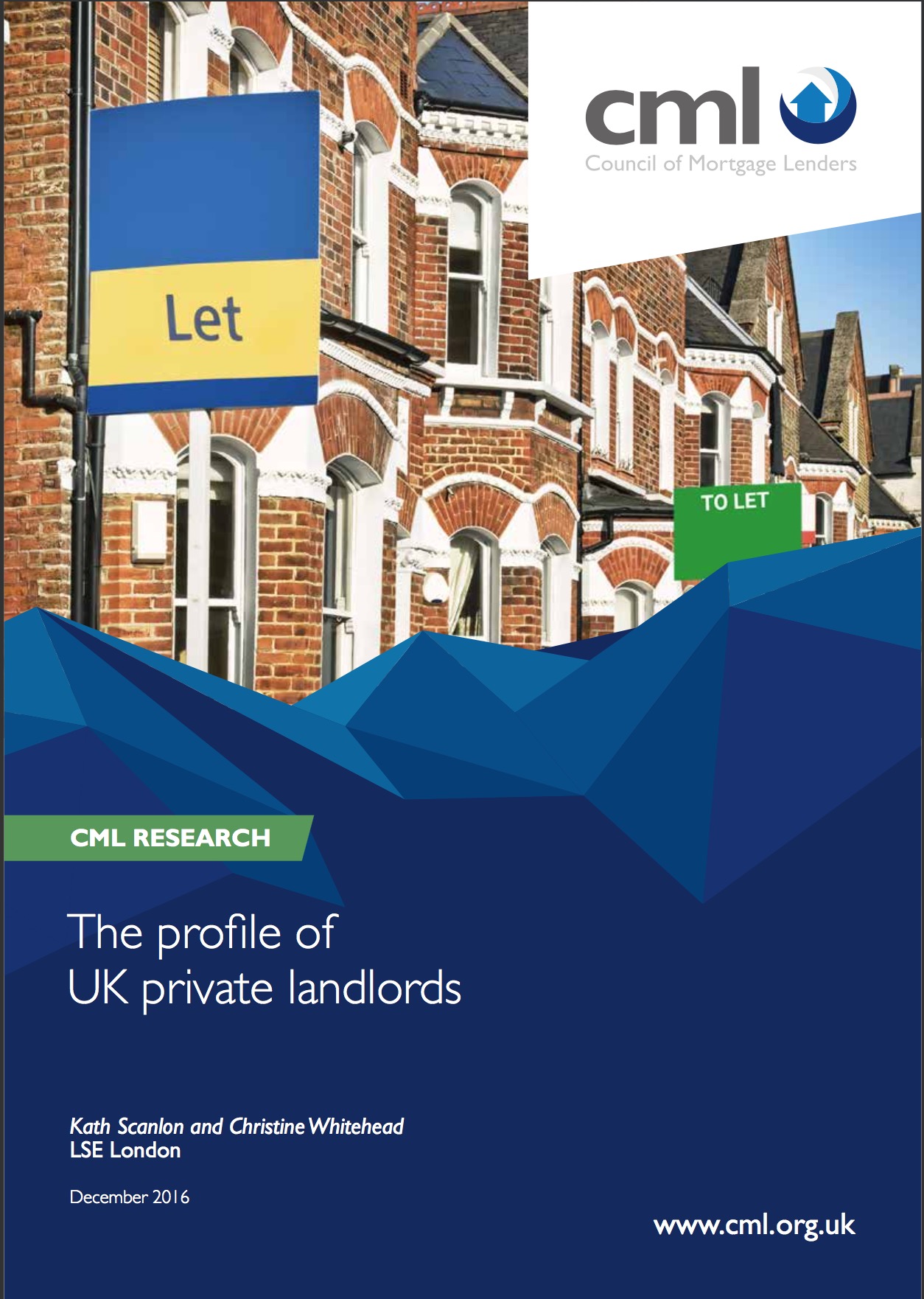Site profile: Pocket.
By Katia Habra and Theadora Trindle, LSE MSc Regional and Urban Planning Studies, 2014-15.
As average house prices continue to grow in London, reaching £514,000 last September, younger Londoners are not only being priced out of the city, but must now delay – and often abandon – any hopes of ever accessing the property ladder. Meanwhile, with election season in full swing, housing has been targeted as a priority campaign issue not only among housing organisations like Shelter but also by the London Chamber of Commerce and Industry in its London Demands business agenda for 2015, illustrating the depth and resonance of the problem for the capital. There seems to be more momentum than ever for exploring alternative models of housing supply, and Pocket’s innovative scheme may offer a viable and sustainable solution for young professionals.
Founded in 2006 by Paul Harbard and Marc Vlessing, Pocket has to date completed five new-build developments containing 124 one-bedroom properties, with one building in its last stages of completion and three more under construction. The company has 480 units in the pipeline due to be completed by the end of 2017.

Pocket’s compact one-bedroom houses are targeted at young middle-earning Londoners who live or work in the borough, have never purchased property, and earn less than £66,000 per annum. This is London’s “squeezed-middle” of young professionals, ineligible for social housing yet unable to afford market price. Pocket guarantees a minimum discount of 20% of market price and regularly consults local authorities’ affordable home ownership schemes to build its customer base. With house prices currently set at £231,000 in desirable locations such as Hackney and Camden, it is no surprise that Pocket’s waiting list exceeds 17,500 people.
Curious about the viability and functionality of a compact housing model, we visited Marcon Place in Hackney—a Pocket development under construction that will open this May. Pocket’s basic model is to reshape societal perceptions of what constitutes acceptable space standards and indeed at 38m2 Pocket challenges our views on housing (this is some 12m2 smaller than the London Plan’s minimum space standard for a 1-bedroom/2-person property, but 1m2 larger than the 1-bed/1-person standard). It attempts to do this by employing some of Rem Koolhaas’ research on the psychology of space and innovates with physical design. Despite some hostility to this approach, Pocket has steadfastly persevered through the planning process and its flats are now “entrenched in perpetuity”, guaranteeing affordability for all future potential buyers.[1]

A number of factors drive Pocket’s commitment to developing smaller spaces. Most notably, the organisation has a strong desire to locate developments within Zone 1 and Zone 2 of London, where space is at a premium and land is more expensive. The team also believes that with adequate light and attention to particular architectural details, 38m2 can prove to be more than enough space for the average urban dweller. Design elements such as floor to ceiling windows, widening the front door by two inches, and ceilings that are 2.5cm over necessary height requirements work together to make the spatial experience within a Pocket Living residence rather comfortable. Additionally, a range of lighting choices allow residents to light their space in twelve different ways to accommodate different day-to-day uses and functions. The kitchens fit a small refrigerator, washing machine, white cabinetry, and even a dishwasher, demonstrating that having a smaller space does not necessarily mean sacrificing residential amenities. These key features of the Pocket model reveal that proper design is key and a larger amount of space is not necessarily directly proportionate to a space’s functionality and liveability. It is not particularly easy to create a functional residence when you have limited space to work with, but when you have a Head of Product who scopes out caravan and boat shows for design inspiration, you are most definitely tapping into a whole new wave of potential.

Brick predominates the developments helping them blend with traditional London typologies. Sociability is encouraged through outdoor communal courtyards and open-air corridors help to lessen service charges by reducing the need for electricity in hallways. In addition, residents are provided with a modest storage unit and cycle store to help reduce clutter and increase a feeling of spaciousness in the flats, which are all designed to meet Code 4 for Sustainable Buildings and Secure by Design standards.
Pocket’s financial model, which generates the same return on capital as standard development but with added financial security, is straightforward and seeks to ensure it can supply properties in desirable areas by buying the cheapest land available in the most expensive areas of London. It then maximises density via smart design providing no car parking and 100% affordable housing, which is entrenched in the idea of “perpetual affordability”. As such this model was supported by the GLA which, in 2012 through its new Housing Covenant for Londoners, identified Pocket as an innovative affordable housing model, and awarded the company a £21.7 million equity loan for 10 years to support the delivery of 4000 new homes.
Pocket, of course, has still needed to overcome the criticisms of local authorities (LAs) by establishing “planning precedents” which secure efficient planning approvals for developments offering smaller units. Here, via stakeholder consultation, Pocket’s approach is gaining traction in several LAs and is growing across London, with ambitions to expand beyond the city and the UK. Aims to introduce two-bedroom schemes for larger households and to design developments specifically for the affordable private rental sector will come to fruition soon. Ultimately, the firm strives to continue improving its housing stock, innovating its organisational structure, and defying out-dated planning attitudes for the purpose of reshaping our perceptions of adequate living standards.
Pocket Living Locations – https://www.google.com/maps/d/edit?mid=zk58iPhc4k5U.kVldx3NpEpCo
[1] Pocket aims to “entrench perpetual affordability” by imposing affordable criteria for renting and re-selling Pocket homes on incumbent homeowners in order to prevent speculation and ensure that future homeowners also benefit from below-market prices.






Pocket flats are being rented at full market rates. One in the Weedington Rd development was marketed on Zoopla in August for exactly market rent for a 1b flat.
So much for keeping it affordable.